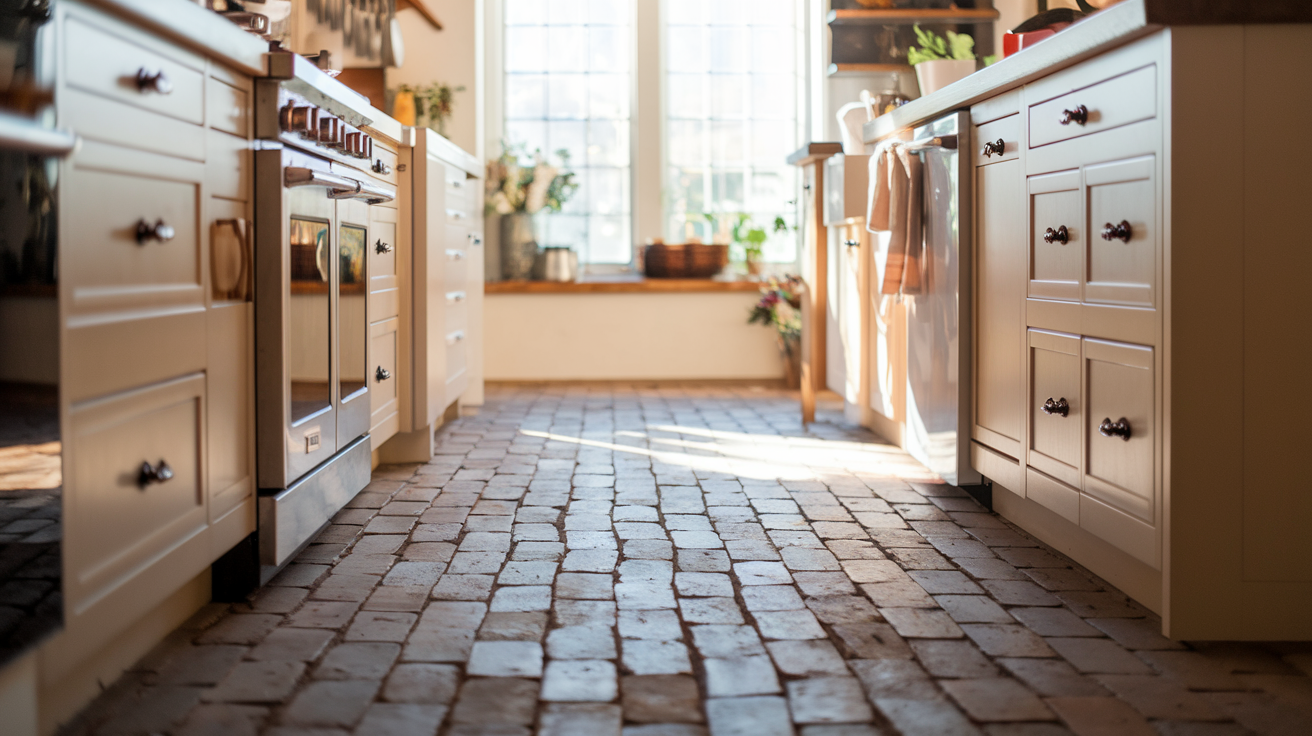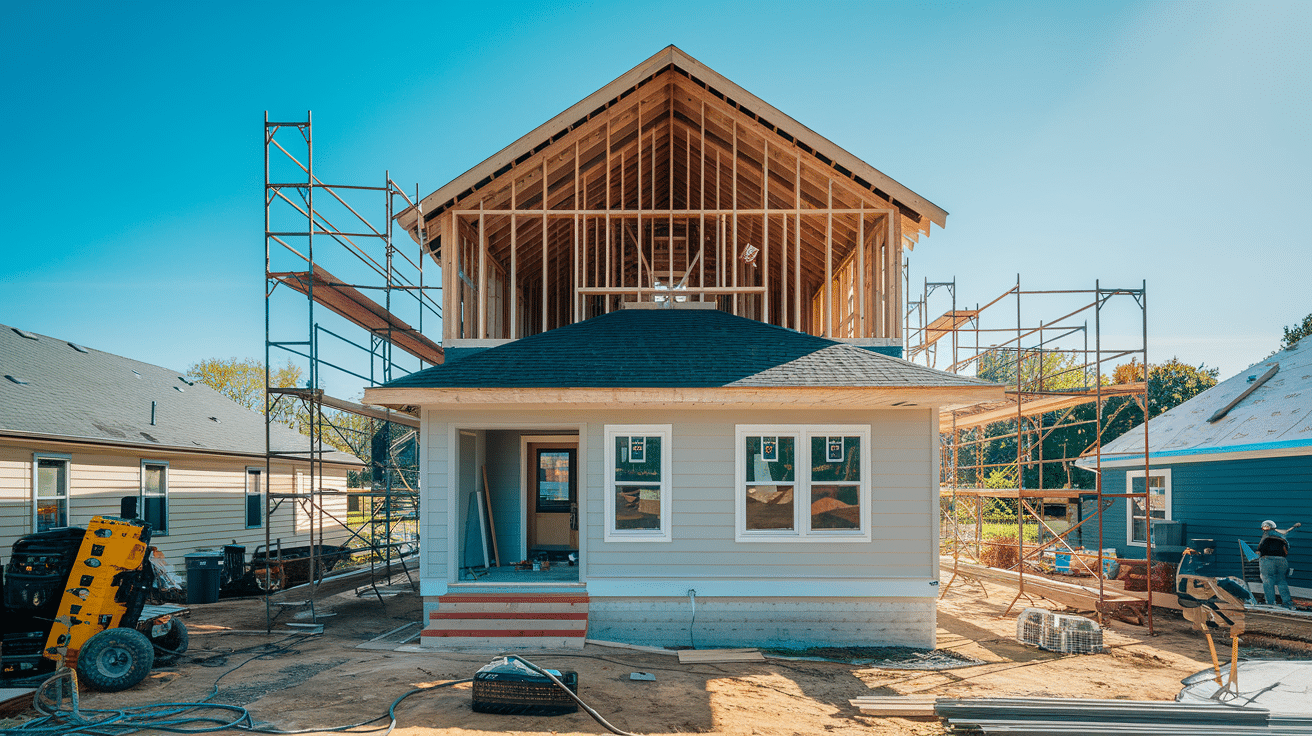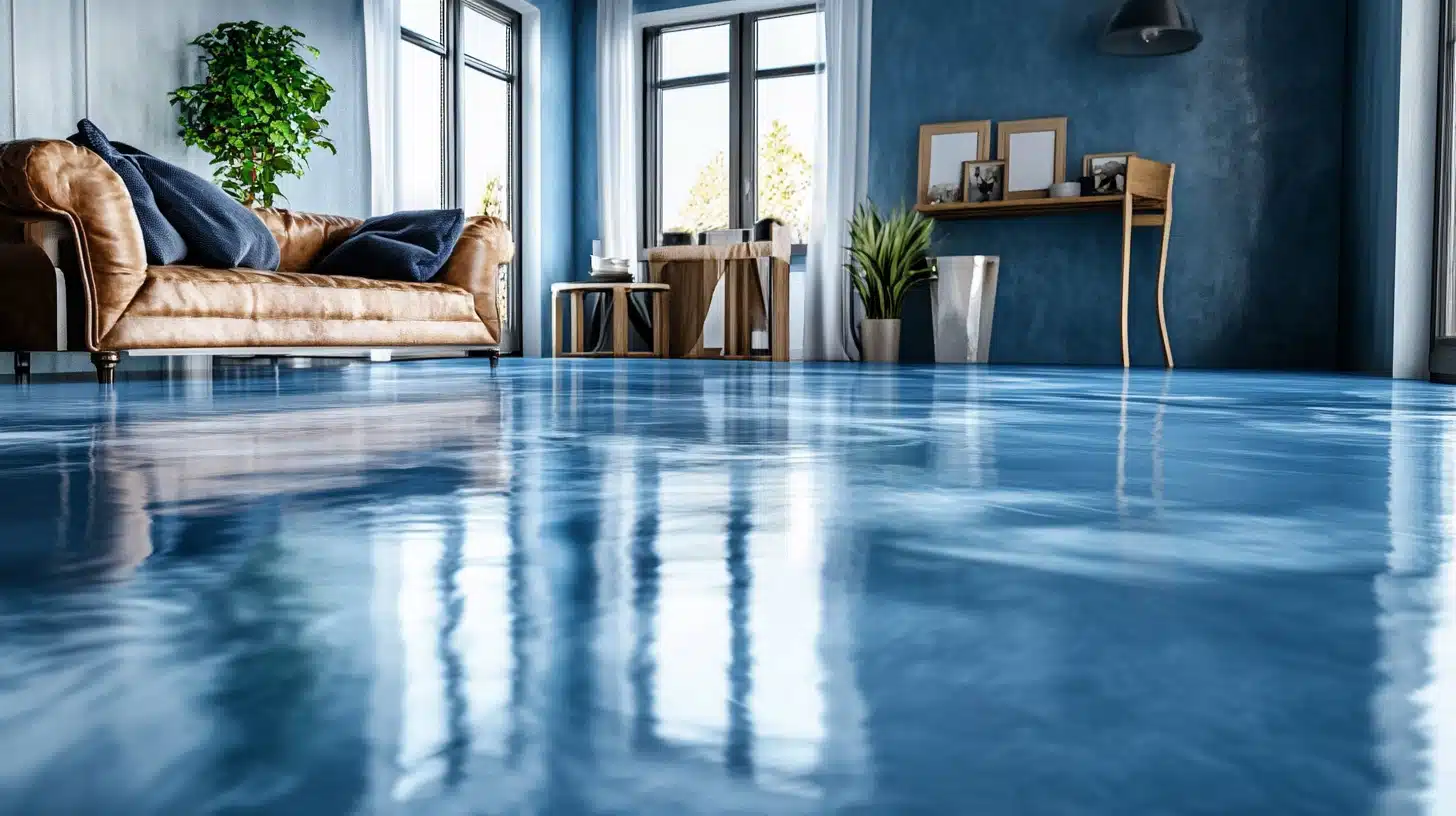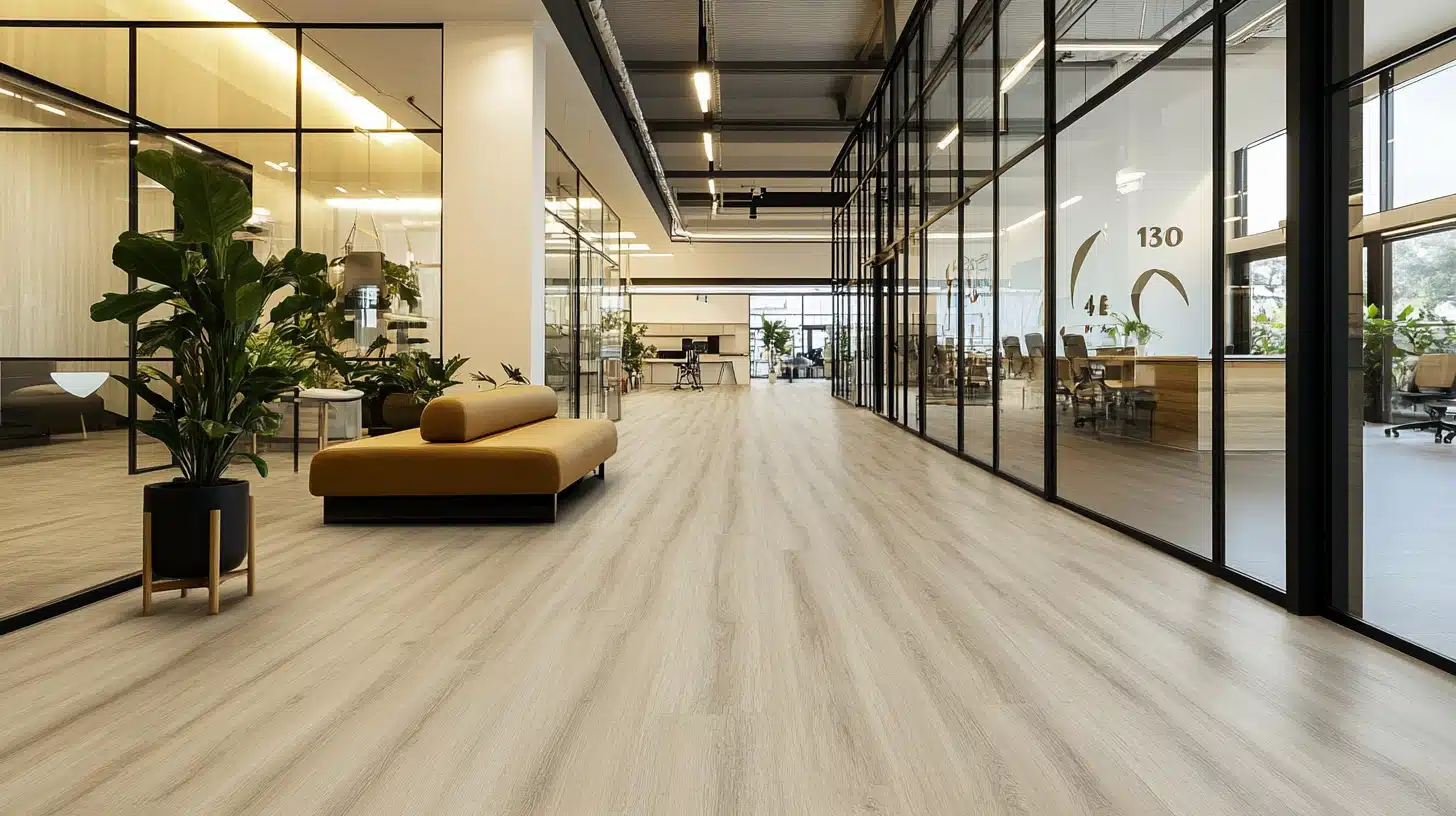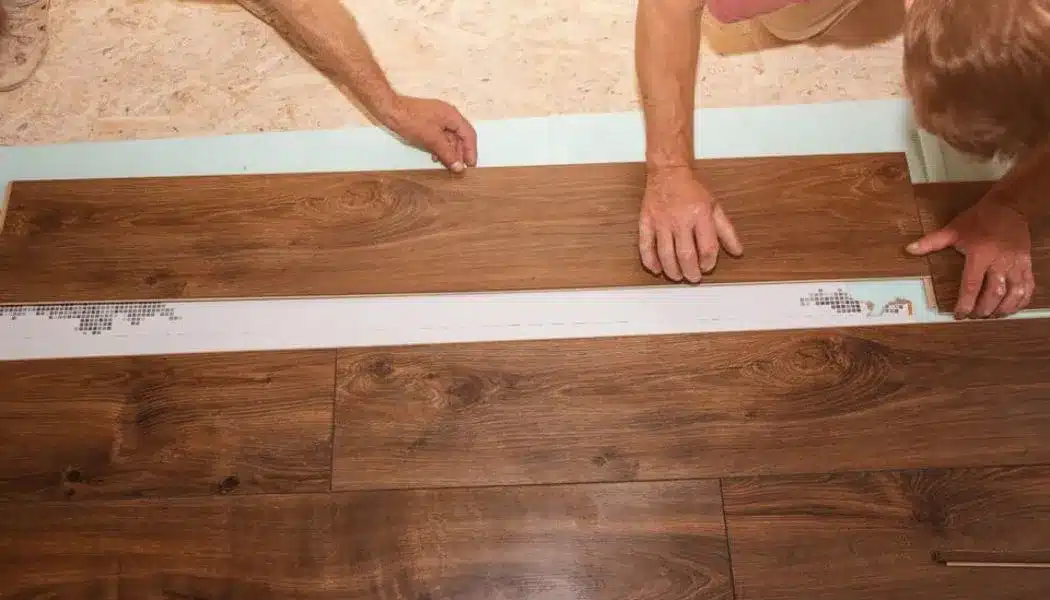How to Choose the Perfect Engineered Hardwood for Your Interior Design
Choosing the perfect flooring for your home can feel overwhelming, especially with many options. Among these, engineered hardwood stands out as a remarkable choice that combines the elegance of natural wood with enhanced durability and stability.
This innovative flooring solution features a genuine wood veneer layered over a sturdy core, allowing it to withstand fluctuations in humidity and temperature far better than traditional solid hardwood. Whether you want to create a cozy, rustic atmosphere or a sleek, modern space, engineered hardwood can complement any design vision.
Join us as we explore essential aspects of engineered hardwood, compare it to solid hardwood, and provide tips on choosing the perfect flooring for your home.
What is Engineered Hardwood Flooring?
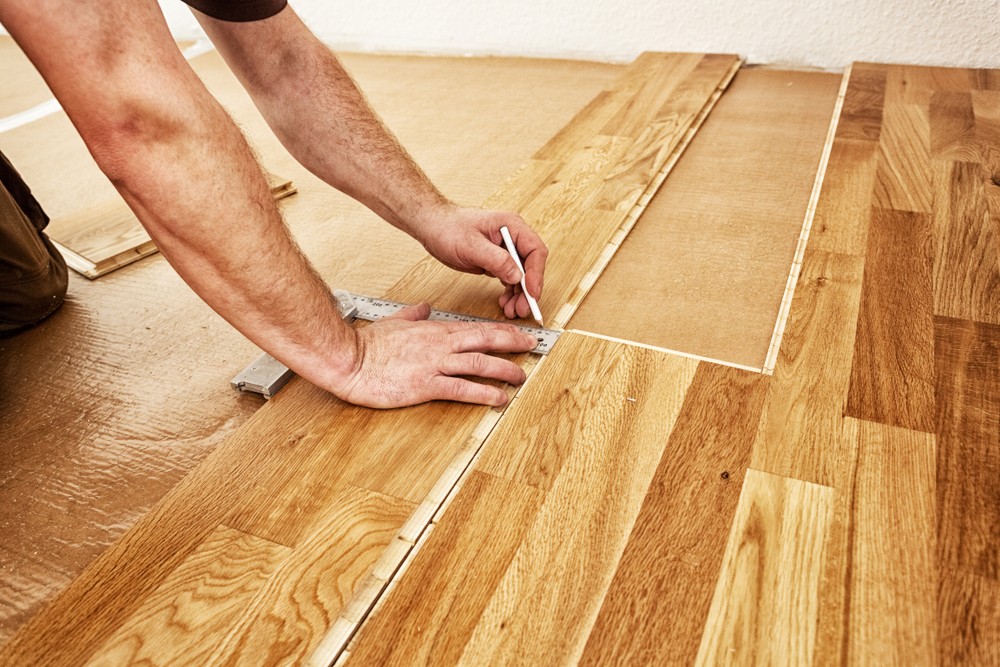
Engineered hardwood flooring is a sophisticated and durable option. It is a genuine wood veneer applied to a sturdy core made from high-density fiberboard (HDF) or plywood. This innovative construction method enhances the flooring’s durability, making it less prone to warping or cracking than traditional solid hardwood.
Unlike solid hardwood, which is cut from a single piece of timber, engineered wood is specifically designed to withstand fluctuations in temperature and humidity, resulting in increased stability and moisture resistance.
- Genuine wood veneer: Provides the natural beauty and richness of real wood.
- Strong core: The HDF, or plywood, enhances the stability and durability of engineered wood flooring.
- Moisture-resistant: The moisture-resistant properties make it suitable for areas with higher humidity levels, such as kitchens and basements.
- Engineered hardwood offers homeowners a range of installation options, allowing them to choose the method that best suits their needs. Whether it’s a floating, glue-down, or nail-down system, engineered hardwood can be easily installed, making it a versatile and convenient flooring choice.
Engineered Hardwood vs. Hardwood
When evaluating solid hardwood vs. engineered hardwood, focusing on several significant differences that can impact performance and aesthetic appeal is essential. Understanding these key factors will help homeowners make informed decisions based on their specific needs, preferences, and the unique demands of their living spaces.
- Construction: Engineered hardwood comprises multiple layers of wood veneers that are intricately bonded together. This layered design provides enhanced stability and resistance to environmental changes. In contrast, solid hardwood is crafted from a single piece of wood, which can lead to warping or cracking under certain conditions.
- Durability: Due to its innovative construction, engineered hardwood is less prone to warping and cracking than solid hardwood. This makes it an ideal flooring choice for areas that experience fluctuations in humidity and temperature, such as basements, kitchens, and other high-moisture environments.
- Installation: Engineered hardwood offers various installation options, such as floating, glue-down, and nail-down methods, providing homeowners with flexibility. In comparison, traditional solid hardwood generally requires a nail-down installation method, which can limit where it can be placed.
For those seeking a versatile, durable, and aesthetically pleasing flooring solution, exploring options at local flooring stores in Calgary can provide insight into the best fit for any interior design project. By weighing the benefits of engineered hardwood versus traditional hardwood, homeowners can enhance their spaces while making practical choices suited to their lifestyles and budgets.
Types of Engineered Hardwood
Engineered wood flooring is celebrated for its exceptional durability and aesthetic flexibility. It comes in various types, each offering unique design features to enhance different interior styles. Here’s a quick overview of some popular engineered hardwood options:
Classic Oak
- Timeless Appeal: Complements both traditional and modern designs with natural grain patterns.
- Finish Options: Available in light to deep tones, including matte, semi-gloss, and high-gloss.
- Texture Variations: Comes in smooth, wire-brushed, or hand-scraped textures.
- Best For: Pairs well with elegant furniture and modern minimalist decor.
Maple
- Light and Bright: This creates a spacious feel with a subtle, uniform appearance.
- Durable Surface: Highly resistant to wear, ideal for high-traffic areas.
- Colour Variety: Offered in shades from creamy whites to rich caramel tones.
- Best For: Fits modern, minimalist, and transitional designs.
Walnut
- Rich and Luxurious: Deep tones add sophistication, featuring distinctive grain patterns.
- Elegant Finishes: Available in both matte and high-gloss options.
- Unique Character: Each plank displays unique grain patterns and colours.
- Best For: Perfect for luxurious, traditional, and eclectic interiors.
Hickory
- Bold and Rustic: Distinctive rugged appearance with varied colour patterns.
- Durability: Ideal for both residential and commercial use due to its toughness.
- Finish Diversity: Comes in finishes ranging from natural to distressed.
- Best For: Complements rustic, farmhouse, and industrial styles.
Cherry
- Warm and Inviting: Rich reddish tones grow deeper over time for added warmth.
- Smooth Texture: Features a sophisticated, even grain.
- Aging Gracefully: Colors become richer and darker with age.
- Best For: Suits traditional, classic, and transitional interiors.
Exotic Species
Brazilian Cherry, Tigerwood
- Unique Aesthetics: Offers striking colours and grain patterns not found in domestic species.
- High Impact: Serves as a focal point in any room, adding an exotic touch.
- Durability: Many exotic woods are highly resistant to wear and suitable for high-traffic areas.
- Best For: Ideal for bold, contemporary, and eclectic designs.
With such diverse choices, you can easily find the perfect engineered hardwood to elevate your home’s style while enjoying its many benefits!
Incorporating Engineered Hardwood Into Your Interior Design
When selecting engineered hardwood flooring for your home, the flooring should reflect your overall design vision while enhancing the aesthetic appeal of your space. With its versatility and array of options, engineered hardwood can beautifully complement various decor styles, colour schemes, and furniture, inspiring you to create a unique and personalized interior design. Here’s how to effectively integrate engineered hardwood into your interior design:
- Harmonize with Design Style
- Traditional: Choose rich, warm tones such as mahogany or walnut for classic interiors. These hues enhance the conventional charm and create a sophisticated backdrop for ornate furniture and intricate mouldings.
- Modern: In contemporary spaces, opt for lighter shades like ash or oak, which impart a clean, sleek look. Matte or semi-gloss finishes further support a minimalist aesthetic by reflecting light and contributing to an open, airy environment.
- Rustic or Farmhouse: Consider engineered hardwood with distressed or weathered finishes if you want a cozy, rustic vibe. Shades like weathered gray or rustic brown add authenticity and warmth, creating a welcoming atmosphere typical of farmhouse style.
- Transitional: Select engineered hardwood with neutral colour palettes and versatile grain patterns for spaces that blend traditional and modern elements. This approach allows for easier integration with diverse furnishings and decor styles, promoting harmony throughout the space.
- Consider Room Size and Lighting
- Small Rooms: Light-colored engineered hardwood can visually enlarge smaller areas, as the reflective quality amplifies natural light and creates an open feel.
- Large Rooms: Darker shades add warmth and intimacy to larger areas, grounding the space and balancing considerable pieces of furniture and decor elements.
- Natural Light: Assess the amount of natural light in the room. Well-lit areas can accommodate light and dark hardwood choices, while less illuminated spaces may benefit from lighter tones to enhance brightness.
- Create Contrast or Cohesion
- Contrast: Use engineered hardwood to establish striking contrasts within your space. Dark floors against light walls can make bold statements, while light floors paired with darker walls can highlight architectural features and create visual interest.
- Cohesion: Select engineered hardwood that closely matches or complements your existing colour scheme for a seamless appearance. This approach fosters a harmonious flow and enhances the interconnectedness of your design elements.
- Practical Considerations
- Durability: Choose a wood type and finish suited for the level of foot traffic in each room. For high-traffic areas, engineered hardwood with a durable finish and thicker wear layer will maintain its beauty and performance longer.
- Maintenance: Consider how much upkeep you will invest in your floors. Darker colours may need more frequent cleaning to conceal dust and scratches, whereas lighter hues may be more forgiving.
- Sample and Test: Always request engineered hardwood samples to see how they look under varying lighting conditions and alongside your current decor. Testing samples in the intended space will provide clearer insight into how the flooring fits your overall design.
By thoughtfully considering these factors, you can ensure that your choice of engineered wood flooring enhances your space’s beauty and aligns perfectly with your interior design vision. For the best selection and expert advice, visit local flooring stores in Calgary to explore various options.
Pros and Cons of Engineered Hardwood
Understanding engineered hardwood’s pros and cons can make all the difference when choosing the perfect flooring for your home. Consider durability, natural wood’s beauty, and its versatility in various environments. These factors make it easier to see how this flooring can meet your needs and add exceptional value to your home.
Pros of Engineered Hardwood
- Durability: Engineered hardwood’s multi-layered construction provides excellent resistance to warping, cracking, and cupping, making it ideal for areas with varying humidity levels.
- Aesthetic Appeal: With a wide variety of species, colours, and finishes, engineered hardwood retains the natural beauty of wood and complements any interior design style.
- Versatility: Engineered hardwood is easily installed over diverse subfloors, including concrete, and is suitable for various environments, such as basements and kitchens.
- Eco-Friendly: Often made from sustainable materials, engineered hardwood aligns with environmentally conscious choices for homeowners.
- Low Maintenance: Engineered hardwood requires less maintenance than solid hardwood, making it easier for busy homeowners to keep their floors looking great with minimal effort.
- Comfort: Engineered hardwood feels warmer and more comfortable underfoot than tile or stone flooring, enhancing a space’s overall comfort.
Cons of Engineered Hardwood
- Refinishing Limitations: The thickness of the top veneer layer constricts the ability to refinish, potentially impacting the longevity of the flooring.
- Cost: While generally more affordable than solid hardwood, high-quality engineered options can still be a significant investment.
- VOC Emissions: Some engineered hardwood products may emit volatile organic compounds (VOCs), which could affect indoor air quality; it is advisable to look for low-VOC options.
- Temperature Sensitivity: Although engineered hardwood is more stable than solid hardwood, extreme temperature changes can still lead to expansion and contraction, potentially leading to gaps over time.
- Potential for Peeling: If not properly maintained, the surface layer of engineered hardwood can suffer peeling or chipping, particularly in high-traffic areas or under heavy furniture.
As you weigh the pros and cons of engineered hardwood, you’ll discover that this option could be a fantastic fit for your space. With its durability, stunning variety, and adaptability, engineered hardwood is designed to enhance your living environment while making life easier. Considering aspects like environmental sustainability and easy maintenance will make you feel good about your decision. When you’re ready to explore your options, local flooring stores in Calgary can provide the expert guidance and inspiration you need.
Transform Your Home with Quality Flooring!
Evaluating the benefits and characteristics of engineered hardwood allows homeowners to confidently choose a flooring option that enhances their spaces’ beauty and functionality. Whether you’re drawn to the classic elegance of oak or the rustic charm of hickory, there is an engineered hardwood solution that perfectly aligns with your design preferences.
Local flooring stores in Calgary offer valuable insights and samples, assisting you in making an informed decision that complements your interior vision. Explore engineered hardwood flooring today and discover the variety of styles that can enhance your home’s décor. You’ll find beautiful options that perfectly match any room in your house!


